Asian Institute of Technology conducts feeding trial in Thailand
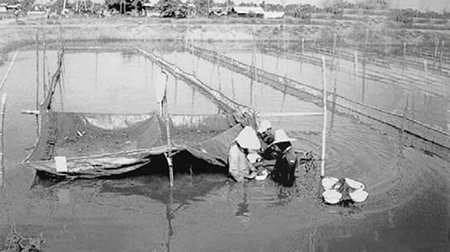
Nutrient levels in Nile tilapia broodstock feed affect their frequency of spawning, clutch size, egg quality and overall seedstock output. Physical properties of feed – form, type and size of pellets – also have effects on feed intake and thereby reproductive performance.
Specific commercial feeds for tilapia broodstock are generally not available. For other species, only a small number of brood animals are required, so broodstock feed represents a limited market. But for tilapia, for example, 60,000 to 100,000 broodfish are needed to produce 5 to 10 million fry per month. This requires 2 to 4 tons of feed per month for broodstock alone.
Most hatchery operators either prepare their own diets or use feeds made for nursing or fattening the same or other species, depending upon availability and costs. Farm-made feeds are usually of the sinking type, because extruders are not affordable to fish farmers. These feeds are prone to cause more fouling in hapas, however, so commercial floating feeds are often a better option.
Testing commercial feeds
Although many types of commercial tilapia feeds are available, it was not known which were best suited for broodstock. Therefore, researchers at the Asian Institute of Technology conducted a feeding trial on a commercial farm in Thailand to compare three locally available commercial feeds for Nile tilapia.
Feeds
The feeds were different in pellet size, protein content (Table 1), and, of course, price. One feed type was the large, pelleted catfish feed with 25 percent crude protein (CP), the farm was already using.
Bhujel, Table 1. Composition of commercial feeds, Table 1
| Herbivorous Feed | Catfish Pellets Large | Catfish Pellets Small |
|---|
Herbivorous Feed | Catfish Pellets Large | Catfish Pellets Small | |
|---|---|---|---|
| Crude Protein Level (%) | 15.5 | 25 | 30 |
| Fat (%) | 4 | 4 | 4 |
| Crude Fiber (%) | 10 | 8 | 8 |
| Moisture (%) | 12 | 12 | 12 |
| Pellet Size (mm) | 5-6 | 5 | 3 |
| Feed Price (baht/kg) | 8 | 13.7 | 15.4 |
Table 1. Composition of commercial feeds used in trial.
Tilapia broodfish are normally grown or bred in greenwater systems, where they receive a considerable portion of nutrients from natural food organisms. Therefore, researchers selected a cheap, low-protein (15.5 percent CP), herbivorous feed. A relatively better quality and easily available small-pellet catfish feed with 30 percent CP was also selected for the trial to compare the reproductive performance of Nile tilapia and the cost effectiveness of the diets.
Setup
Tests were conducted over 95 days in 12, 120 square meter hapas (24 meters x 5 meters each) placed in two ponds. Nile tilapia (Oreochromis niloticus) were stocked at six fish per square meter of hapa space, with an equal mix of male and female animals. Females averaged 92 grams and males averaged 123 grams. The ponds were fertilized weekly at 4 kg nitrogen and 2 kg phosphorus per hectare per day. Animals were fed manually to satiation. The seed were harvested at five-day intervals.
Results as outlined in Table 2, findings included:
- Broodfish ate more small catfish pellets than the other types of feeds.
- Females fed either catfish pellets produced up to 30 percent more eggs and yolk-sac fry than those fed the herbivorous feed.
- The two catfish pellets yielded similar seed output.
- More females spawned from the groups fed large (20 percent) and small (17 percent) catfish pellets than the females fed herbivorous feed.
- Feed type had no effect on the size of eggs and yolksac fry.
- Seed output per gram of protein decreased with the increase in dietary protein.
- Final weights and daily weight gains of both females and males fed small catfish pellets were highest and those fed with the herbivorous diet were lowest.
- Final gonadosomatic index of females (2.57 to 3.22 percent) and males (0.64 to 0.81 percent) was not affected by feed type.
- Production cost per seed was 22 to 23 percent higher for fish fed with the herbivorous diet, as compared to the two catfish pellets.
- Labor accounted for one-third of the total cost of seed production, followed by depreciation of equipment and machines and costs of feed and management.
Bhujel, Comparative performance of Nile tilapia broodfish, Table 2
| Herbivorous Feed | Catfish Pellets Large | Catfish Pellets Small |
|---|
Herbivorous Feed | Catfish Pellets Large | Catfish Pellets Small | |
|---|---|---|---|
| Feed Consumption (kg/hapa) | 124 | 135 | 168 |
| Male Weight Gain (g/fish/day) | 1.5 | 1.9 | 2.4 |
| Female Weight Gain (g/fish/day) | 0.9 | 1.3 | 1.8 |
| Clutches/hapa | 70 | 84 | 82 |
| Seed outputs | |||
| No./m2/day | 108 | 138 | 141 |
| No./g feed | 9 | 10 | 9 |
| No./g protein | 60 | 43 | 30 |
| Cost - Seed Production (baht/0.1 million seed) | 653 | 532 | 536 |
Table 2. Comparative performance of Nile tilapia broodfish fed with three commercial diets.
Conclusion
The low-quality herbivorous diet produced lower seed output and was less profitable than the two catfish pellets fed to Nile tilapia in a greenwater system. Neither highprotein diets nor higher feeding levels were beneficial in fry production.
At present, most of the hapa-based tilapia hatcheries in Thailand, which produce 1 to 10 million fry per month, use commercial feeds containing 25 to 30 percent crude protein. However, this study showed that 25 percent crude protein diet is nutritionally adequate and cost-effective.
(Editor’s Note: This article was originally published in the December 2001 print edition of the Global Aquaculture Advocate.)
Now that you've reached the end of the article ...
… please consider supporting GSA’s mission to advance responsible seafood practices through education, advocacy and third-party assurances. The Advocate aims to document the evolution of responsible seafood practices and share the expansive knowledge of our vast network of contributors.
By becoming a Global Seafood Alliance member, you’re ensuring that all of the pre-competitive work we do through member benefits, resources and events can continue. Individual membership costs just $50 a year.
Not a GSA member? Join us.
Author
-
Ram C. Bhujel, Ph.D.
Research Scientist/Post-Doctorate Fellow
AARM, Asian Institute of Technology, Thailand
Institute of Aquaculture, Stirling University, United Kingdom
Tagged With
Related Posts
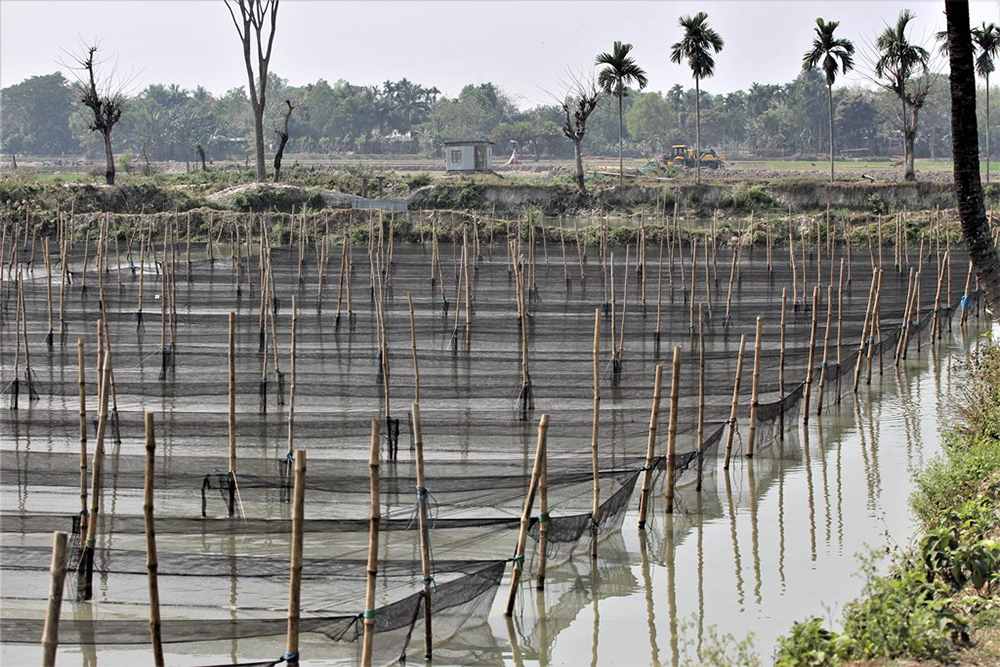
Intelligence
Bangladesh’s tilapia aquaculture industry shows resilience
Tilapia aquaculture in Bangladesh has developed significantly since 1999, based on the Genetically Improved Farmed Tilapia (GIFT) strain of Nile tilapia (Oreochromis niloticus) introduced from Malaysia and on the significant genetic improvement research work by the Bangladesh Fisheries Research Institute (BFRI).
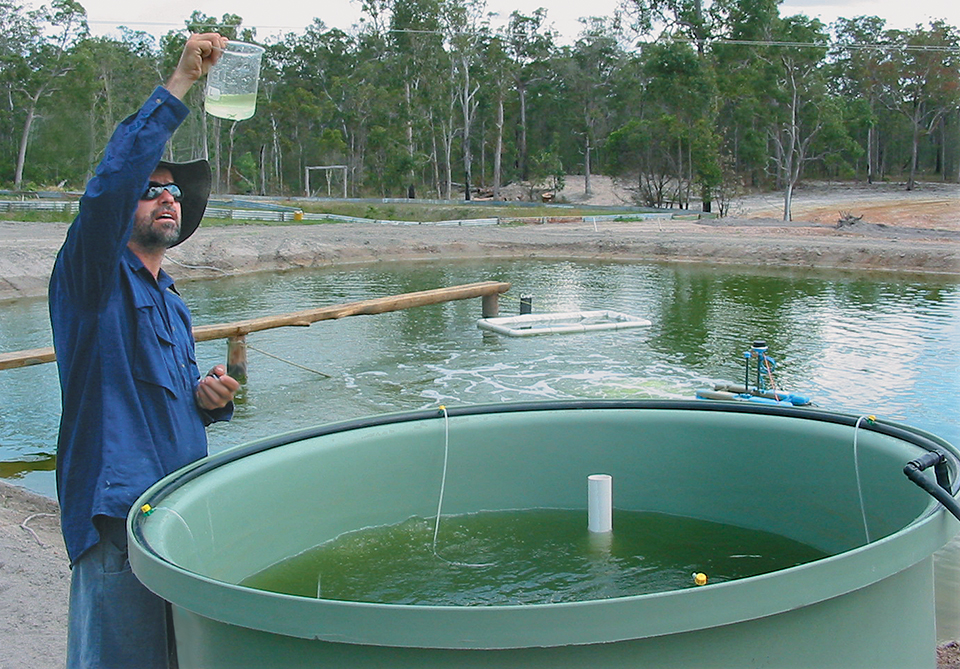
Health & Welfare
Inland prawn farming trial in Australia
The development of inland prawn farming using low-salinity groundwater may allow Australia’s prawn farmers to expand beyond the coastal fringe.
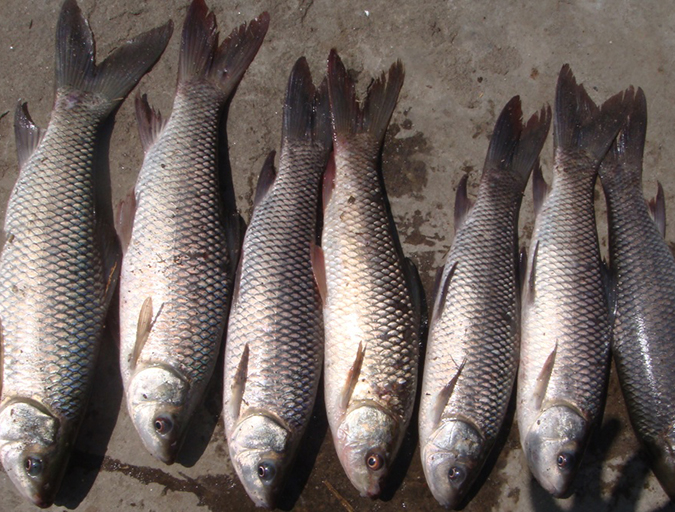
Health & Welfare
Probiotics benefit three stages of juvenile rohu
Experiments were conducted to evaluate the potential survival and growth benefits of three multi-strain probiotics in three different stages of juvenile rohu (hatchling to advanced fry). Results showed beneficial effects of the probiotics treatments for the hatchling and fry stages, but not for later stages.
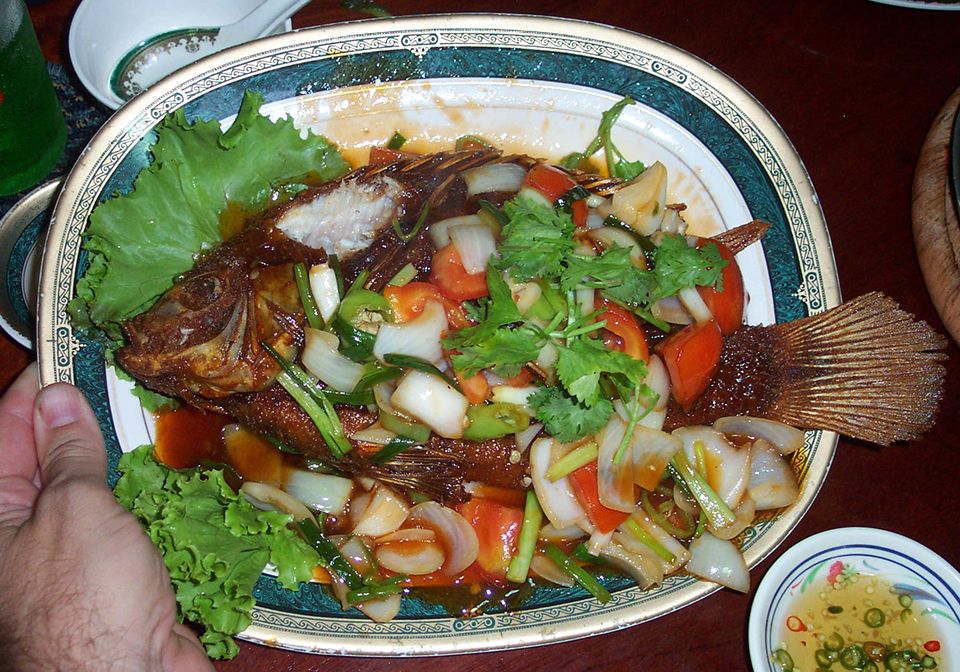
Intelligence
Tilapia: A truly global aquaculture industry
Tilapia are a diverse group of tropical fish with over 100 species that originally came from Africa and the Middle East but now are farmed worldwide.


